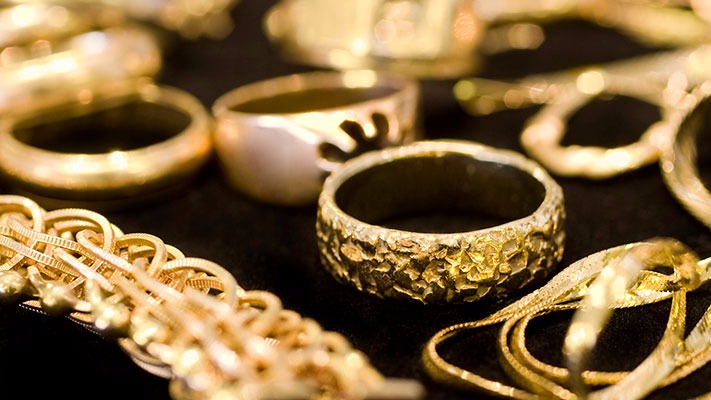Ensuring the Credibility of Gold Documents Through Thorough Validation Techniques
Wiki Article
Gold certificates are important financial instruments that indicate title of a particular quantity of precious metal. They function as evidence that an person or entity holds a specific quantity of precious metal, often stored in a secure location, such as a bank or a vault. The credibility of these certificates is crucial in ensuring the confidence of stakeholders and the reliability of precious metal as a means of money and asset. To preserve this trustworthiness, thorough validation techniques are essential. These techniques help to confirm the authenticity of gold certificates and protect against fraud.

One of the main ways for verifying gold certificates involves assessing the issuing institution's credibility. Institutions that issue gold certificates should be reputable and supervised by monetary authorities. By examining the history and trustworthiness of these institutions, investors can gain confidence in the documents they hold. Additionally, institutions should have clear guidelines regarding their gold reserves and the issuance of certificates. This transparency allows stakeholders to comprehend how their documents are supported by actual physical gold.
Another important aspect of validation is the application of serial numbers and distinct codes on precious metal certificates. Each certificate should have a distinct serial number that can be traced back to the specific quantity of precious metal it indicates. This helps avoid copyright certificates and ensures that each certificate is unique. Investors can often verify the serial number with the originating institution, which can validate whether the document is authentic and associated to real gold held in storage. This process is vital for preserving the validity of precious metal certificates in the market.
In addition to organizational checks and serial numbers, third-party verification services play a significant role in ensuring credibility. These agencies focus in assessing and validating the genuineness of precious metal and associated monetary documents. They can provide independent assessments of the gold reserves held by institutions and confirm the legitimacy of gold certificates. Employing independent services adds an additional layer of protection and confidence, as these entities often have the knowledge and capabilities to perform comprehensive reviews and checks.
Lastly, investors should trusted sources for certified gold stay informed about the market and guidelines regarding gold certificates. Understanding the current developments, regulations, and best practices in the precious metal market can help individuals make informed choices when purchasing or investing in gold certificates. Regularly reviewing data from trustworthy sources can also assist in identifying any potential risks or changes in the industry that may affect the credibility of precious metal certificates. By combining institutional checks, identifying number verification, third-party assessments, and ongoing education, investors can guarantee the credibility and safety of Find Out More their precious metal certificates.